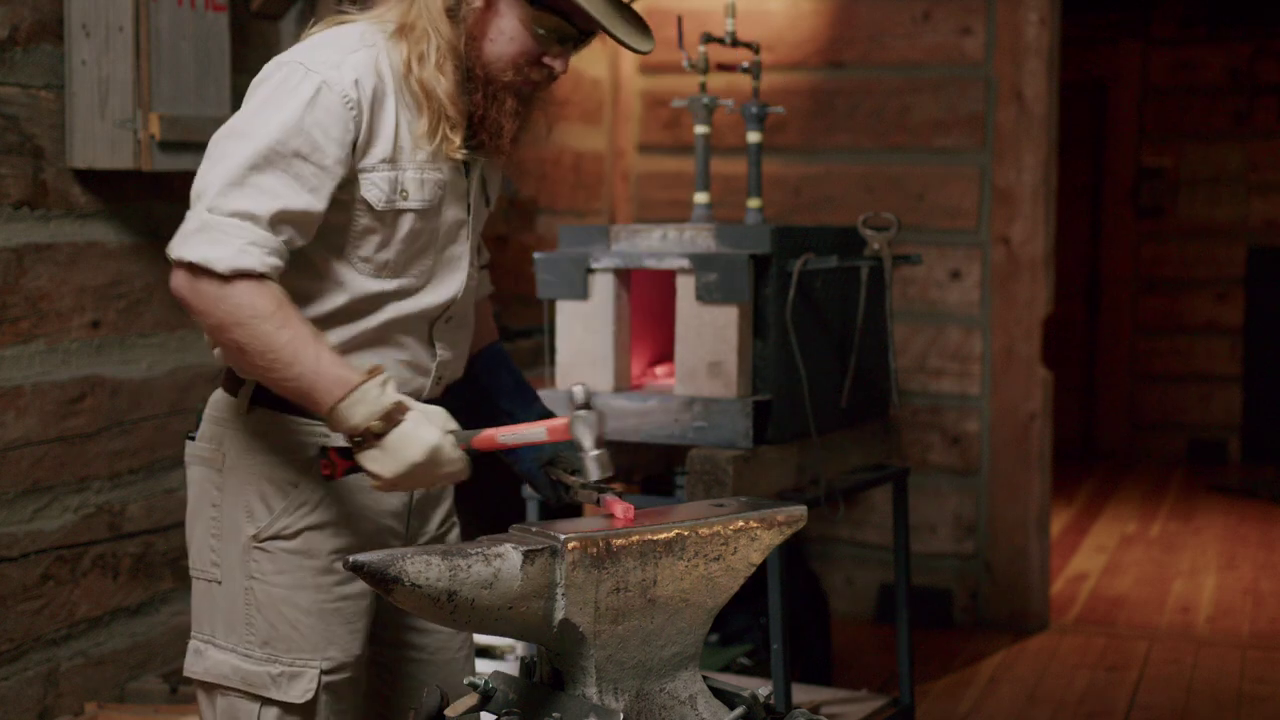Galt Gardens is one of the oldest green spaces in Lethbridge, established when the plans for the downtown were laid out over one hundred years ago. This area in the city core—between 1 and 3 Avenues and 5 and 7 Streets—was set aside by the Galt family in 1885 as a central square for the new urban centre.
Read MoreThe Inn Purple was a coffee house for young adults that was open from 1967 to 1968 in Lethbridge. It was a place where teens and young adults could go to hang out, listen to music and dance without drugs, alcohol or their parents.
Read MoreWhen we think of local history, trees aren’t necessarily what come to mind. But trees help create a sense of community identity and have brought people together in unique ways.
Read MoreThe MacDonald Block is one of few buildings that have held a vintage advertisement and withstood the test of time. One hundred and twenty-five years’ worth of local business have held a place in this building at 302 5 Street South.
Read MoreThe life of an arborist is never dull, but what exactly does an arborist do? Learn some of the specifics from Lethbridge’s only female certified arborist Maureen Sexsmith-West and how she’s fostering the next generation of women in urban forestry to care for our local trees.
Read MoreOur region is known for its long-standing rodeo tradition. What you probably didn’t know is that it was Raymond’s own Earl Bascom who invented the hornless bronc saddle—a more efficient and safer saddle that is still used in rodeo competitions today.
Read MorePublic transit is an ever-evolving part of life within the local community, and free or inexpensive access to local culture is crucial. Much like the streetcar initiative over a century ago, an innovative transit project called cultureLINK is launching in Lethbridge this summer.
Read MoreOki. A relatively small Blackfoot word—however it is packed with meaning and cultural significance. The word can mean many things in English including: ‘hello’, ‘greetings’ and ‘welcome’.
Read MoreWilliam Baliko demonstrates how blacksmiths like William Gladstone would have made a knife at the fort in the late 1800s.
Read MoreHave you ever driven through a town and wondered how it got its name? There’s more than a few peculiar stories behind the names of southern Alberta towns.
Read MoreThis year, A.E. Cross Studio, the oldest continuously operated photographic studio in Lethbridge, celebrates its centennial.
Read MoreThe Galt hosts Indigenous-led exhibitions and in-house exhibitions that incorporate Indigenous voices, history and perspectives. Learn about previous and current exhibits from Kalli Eagle Speaker.
Read MoreThe Board and staff critically reflected on the services the museum and fort provide to the community and examined new opportunities.
Read MoreThe Galt displayed two exhibits about different subjects in the winter, both featuring stories about Georgia Green Fooks’ life. Learn about the impact she had on southern Alberta.
Read MoreLethbridge traffic was dominated by delivery vehicles in the 1920s. What was the difference between the deliveries a century ago and those of today?
Read MoreAnna M. Tilley was described as "the best friend the city ever had."
Read MoreMaking the photographs taken for the Lethbridge Herald available to the public and researchers has been one of the largest and longest projects in the Galt’s archives.
Read MoreRead about Dayle Gaskarth’s experience running on Highway 3 as an Olympic torchbearer for the Calgary Olympics in 1988.
Read MoreArchives Assistant Bobbie Fox explains how items get donated and accepted into the archives, and shows some newly donated materials.
Read MoreA hundred years ago, the local citizens seemed less enchanted with the urban railway. The articles in the Lethbridge Herald reveal a range of issues that Lethbridgians had with the public transit of the day.
Read More



















